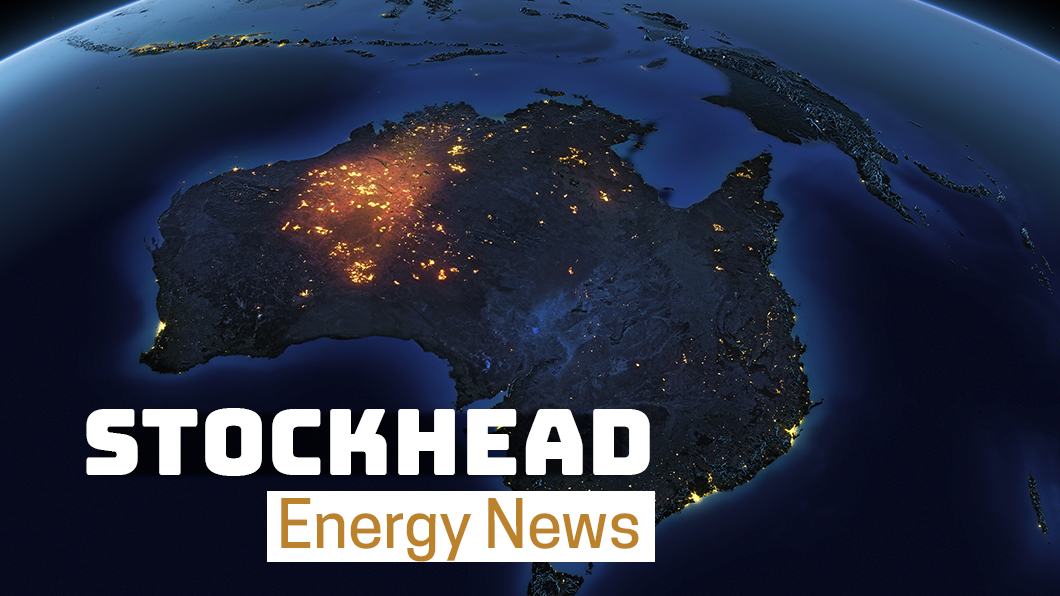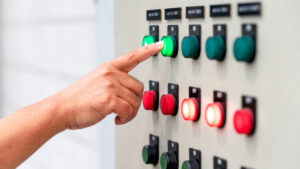It’s too hard to sell hydrogen cars in Australia yet… but they’re coming

Pic: Matthias Kulka / The Image Bank via Getty Images
Hyundai says it’s on its way to moving the fleet from internal combustion to fuel cell and electric, just not yet in Australia.
That’s because in Australia, it’s complicated.
Scott Nargar, Hyundai’s local government relations manager, says not only is Australia in the global minority as right-hand drivers, the Australian car sales industry is miniature: just 1.15m new cars were bought last year (even though the country sells a whopping 67 brands).
To put that in perspective, in the US there are 40 brands available but Americans bought 17m new cars in 2018.
It’s pretty hard to justify redesigning a cutting edge right-hand drive fuel cell car just for Australia when people here simply don’t buy enough of them, Mr Nargar said at the Australian Hydrogen Energy Summit.
And there’s the fact that there are two refuelling stations here, one in Sydney and one in Melbourne. Followed by the news that on Wednesday the federal government won’t release a national strategy on electric vehicles until mid-2020. It said in February to watch this space for said strategy.
“Emissions regulations drive everything,” Mr Nargar said.
“[Australians] are green at heart but I don’t think our government sees that as much as we see everyday.”
Pushing ahead to beat the battery
Nevertheless, Hyundai and the other carmakers involved in hydrogen fuel cells in Australia, Toyota, are pushing ahead.
The plan is to force an industry into existence by setting up the bones — showing off cars, dispelling myths, lobbying for the kind of regulations they want ahead of time — and directing political support through a cohesive movement.
This is unlike the battery vehicles sector, which is highly fragmented and as a result has ended up dithering over issues like which charging point should be the standard.
Mr Nargar’s baby, Hydrogen Mobility Australia, is backed by companies from diverse sectors including oil and gas production and infrastructure, petrol retailers, and carmakers, and is active in lobbying the government.
The organisation’s CEO Claire Johnson painted a picture about “stepping stone” projects, bringing in cars, buses and forklifts to build demand and interest while a hydrogen production industry gets off the ground.
As yet, there are no easy or cheap sources of hydrogen for refuelling, however, and Hydrogen Mobility has just started on a 12 month mapping project to find out where the best spots for refuelling stations might be.
What’s it cost?
Toyota has brought in 13 hydrogen fuel cell cars to tempt government officials (they’re on paid loans) and others, as well as to test with their bespoke refuelling truck.
This month they also got a $3.1m grant to turn its former Altona carmaking factory into a refuelling station where they make hydrogen for vehicular use.
Hyundai’s Nexo can do about 750km on a single tank and for hydrogen priced at $16 a kilogram, costs $88 to fill a 5.5kg tank.
Toyota advanced vehicles manager Matt MacLeod speculated that hydrogen for transport refuelling in Australia would cost about $10-15 a kilogram.
An ARENA report last year said the most expensive cost of production — electrolysis — came in at $7.43, before transport or other costs.
We’re not opposed to batteries… really
The industry, as represented by Hydrogen Mobility Australia and reiterated by the carmakers, is not officially trying to compete with the much more advanced battery vehicle wave.
Mr Nargar says fuel cells aren’t as useful for short-trip urban cars and batteries may not be great for long distance outback driving.
He envisions cars that use both a battery and a fuel cell.
“The winner will be zero emissions over internal combustion.”
UNLOCK INSIGHTS
Discover the untold stories of emerging ASX stocks.
Daily news and expert analysis, it's free to subscribe.
By proceeding, you confirm you understand that we handle personal information in accordance with our Privacy Policy.








